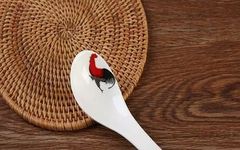
Spring is a season of growth and vitality, as nature awakens.
With the rise of Yang energy, many organs in the body accumulate internal heat, leading to dryness and discomfort in spring. At this time, you might consider trying Gua Sha to alleviate bodily discomfort.
A Gua Sha board and half an experienced practitioner
Practicing Gua Sha is not difficult; items like a comb, a porcelain cup lid, or even a rounded spoon can be used for Gua Sha, making it simple and easy to perform.
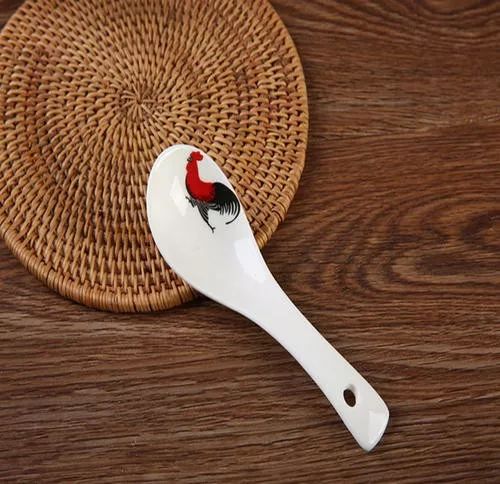
1
Common Cold: Da Zhui (Great Vertebra) Point
Da Zhui Point: Located in the depression below the highest protrusion of the cervical vertebrae, more pronounced when the head is lowered.
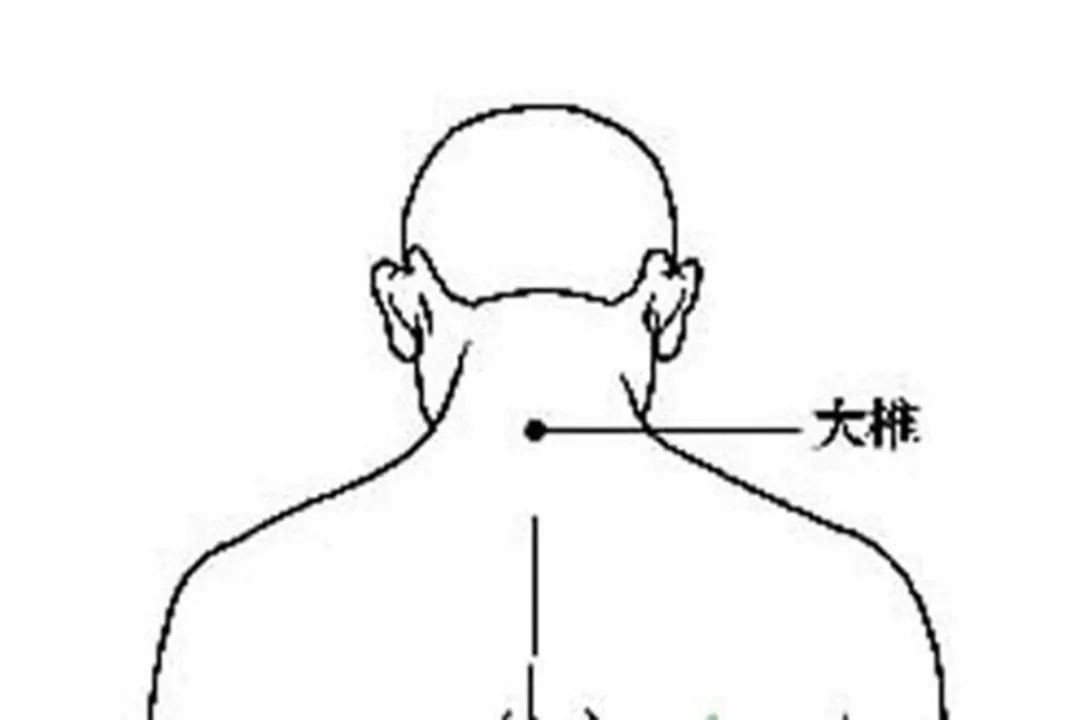
Method: Scrape from top to bottom for about 5-10 minutes until the back of the neck feels warm.
2
Lower Back Pain: Hands + Back
Method: Apply Gua Sha oil to the lower back, then slowly scrape down along both sides of the spine.
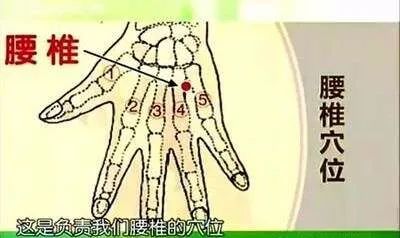
The reflex area for the lower back is in the center of the back of the hand; apply a small amount of Gua Sha oil and scrape slowly from the wrist to the tip of the middle finger.
Scrape while searching for areas of pain, nodules, or muscle tension, for about 15-30 minutes.
3
Breast Nodules: Scrape Both Breasts
Method: Apply a small amount of moisturizer, then hold the Gua Sha board at a 45-degree angle and scrape gently from the base of the breast towards the nipple, using a comfortable pressure for about 5-10 minutes.
Note: Avoid scraping the nipple, areola, and any unexplained lumps in the breast.
4
Digestive Issues: Scrape Tian Shu (Heavenly Pivot) Point
Tian Shu Point: Located two inches beside the navel.
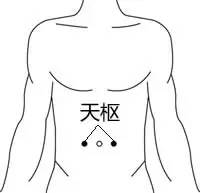
For Common Diarrhea: Lightly press and scrape the Tian Shu point counterclockwise, or press the Zhong Wan point (4 inches above the navel).
For Constipation: Scrape the Tian Shu point in a clockwise direction until a warm sensation is felt in the abdomen.
5
Dry Eyes: Scrape Around the Eyes
Method: When the eyes are fatigued, use the Gua Sha board to gently press around the eyes, focusing on Jing Ming (Bright Eyes) Point (inner corner), Can Zhu (Bamboo Gathering) Point (eyebrow), Yu Yao (Fish Waist) Point (middle of the eyebrow), and Tai Yang (Sun) Point (outer corner), spending 1-2 minutes on each point.
You can also scrape directly around the eye socket to relieve fatigue and improve vision.
6
Fatigue: Bai Hui (Hundred Meetings) Point + Tai Yang (Sun) Point
Bai Hui Point: Located at the intersection of the midline of the head and the line connecting the tips of both ears.
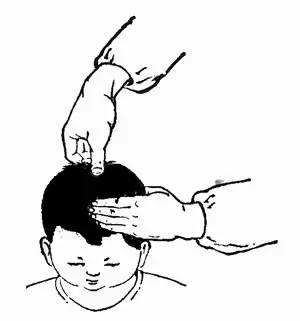
Tai Yang Point: Located in front of the ear, above the outer corner of the eye.
Method:
First, comb the hair from the front hairline back to wake up the mind in the morning;
Second, scrape from the center of the head in all directions, relaxing the entire head around the Bai Hui point;
Third, scrape from the center of the head forward, backward, and on both sides towards the Tai Yang point. This promotes blood circulation in the head, enhances alertness, and improves memory.
Note: Scrape or massage lightly whenever possible.
7
Neck and Shoulder Pain: Feng Chi (Wind Pool) Point + Jian Jing (Shoulder Well) Point
Feng Chi Point: Located on either side of the large tendon at the back of the head, parallel to the earlobes; the two depressions at the back of the head when the head is lowered are this point.
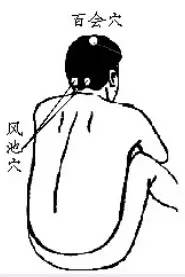
Jian Jing Point: Located at the midpoint of the line connecting the Da Zhui and the acromion, at the highest point of the shoulder.
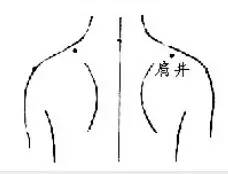
Method: Scrape the Feng Chi point downwards along the skin to the Jian Jing point, then scrape from the inside out along the shoulder. Scrape 30 times on fleshy areas and 20 times on bony areas.
Note: Adjust the angle with your wrist and move your forearm to guide the Gua Sha board.
8
Blood Nourishment and Liver Health: Xue Hai (Sea of Blood) Point + San Yin Jiao (Three Yin Intersection) Point
Xue Hai Point: Bend the knee and cover the kneecap with the palm, fingers pointing upwards, with the thumb at the fleshiest part.
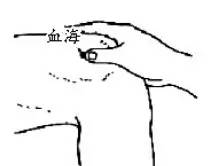
San Yin Jiao Point: Located on the inner side of the lower leg, 4 finger widths above the ankle joint.
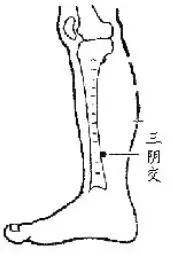
Method: Scrape from the Xue Hai point to the San Yin Jiao point in one continuous motion, without stopping, until the skin turns red and purple bruises form. Regular scraping of the San Yin Jiao can nourish blood and support liver health.
Note: For lower limb Gua Sha, start with the outer side, scraping downwards, then the back side (the bladder meridian), and finally the inner side.
9
Spring Excess Heat: Tai Chong (Great Surge) Point + Xing Jian (Moving Between) Point
Symptoms: Gum pain, sore throat, mouth ulcers, thirst, irritability, yellow urine, dry stools, red tongue with yellow coating.
Xing Jian Point: Located between the first and second toes on the dorsal side of the foot.
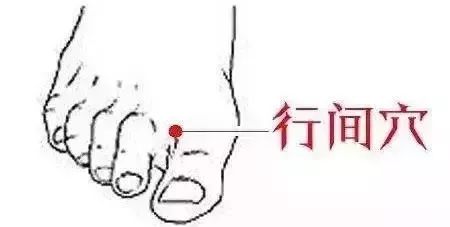
Nei Ting Point: Located between the second and third toes on the dorsal side of the foot.
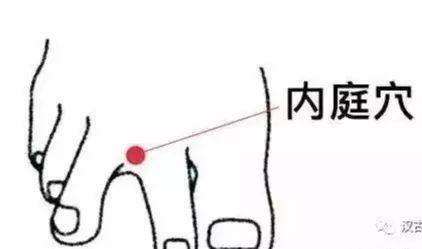
Method: When scraping, use the blunt edge of the Gua Sha board to press on the Xing Jian and Nei Ting points for 1-2 minutes each, then scrape upwards (you can use Gua Sha oil or massage oil), applying a stronger pressure within a tolerable range until bruising occurs or scrape 50 times.
10
Spring Deficiency Heat: Scrape the Back Five Lines
Symptoms: Flushed complexion, thirst without desire to drink, dry cough with little phlegm, low fever, red tongue with little coating, five hearts heat.
Method: Scrape the back five lines, including the central Du Mai (Governing Vessel) and the bladder meridian lines, 1.5 inches to the side of the Du Mai, and 3 inches to the side of the Du Mai.
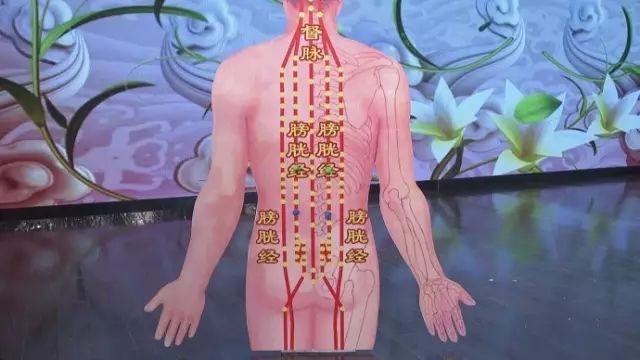
When scraping, apply light pressure and scrape slowly, allowing for longer stimulation time on each area to invigorate the body’s vital energy and restore function.
Three Colors of Sha Corresponding to Different Conditions
Bright Red Sha: If the redness is not deep, it indicates the presence of wind-cold in the body, which is the most normal color.
Purple-Red or Dark Red Sha: This often indicates internal damp-heat.
Purple-Black Sha: Indicates significant stagnation in the body. The severity of the Sha marks does not directly correlate with the disease and will gradually dissipate, so there is no need to worry excessively.
Areas to Avoid Scraping
Gua Sha is a relatively safe health practice, but there are still many contraindications. Which populations should avoid Gua Sha? Which areas should not be scraped? We need to be aware of these.
1
Do not scrape the sides of the neck
Clinical observations in TCM have found that scraping the neck carries certain risks, especially the sides of the neck should not be scraped lightly!
This is because the carotid sinus is located in the middle of the sternocleidomastoid muscle, which is a pressure receptor; if stimulated, it can cause a sudden drop in blood pressure, leading to dizziness and fainting.
Continuous stimulation may lead to more serious consequences, especially for those with poor health.
Avoid scraping the sides of the neck during Gua Sha, as well as during massage.
2
Contraindicated Populations
Patients with cardiovascular diseases, the elderly, those with skin allergies, leukemia, allergic purpura, thrombocytopenia, cancer, skin inflammation, or wounds and scars on the skin, as well as pregnant women and women during menstruation, should avoid Gua Sha.
Of course, even healthy individuals should not perform Gua Sha every day. It is essential to allow the body to have a recovery period, waiting until the marks from the last Gua Sha have disappeared before performing it again.
Gua Sha Tips
1. Hold the Gua Sha board at a 45-degree angle or less to the skin; the flatter the angle, the more comfortable it is to scrape, and avoid scraping too hard.
2. Many people believe that Gua Sha must produce Sha; the more Sha, the better. However, this is incorrect. When a person has a cold, fever, or fatigue, it is easier to produce Sha; healthy individuals do not easily produce Sha, only experiencing skin redness.
3. Gua Sha should not be done back and forth; instead, scrape from top to bottom and from the inside out, in a single direction, to maximize the scraping distance. This follows the direction of arterial blood circulation, promoting blood flow.
4. It is advisable to scrape 3-5 areas each time, spending 3-5 minutes on each area, and not exceeding half an hour in total.
5. Different pressures will yield different effects; light pressure is for “tonifying,” while strong pressure is for “draining.” Most people are unaware of whether their constitution is deficient or excess, so it is best to maintain an average pressure, known as “balanced tonification and draining.” Wait 3-5 days after the first scraping before performing the second treatment.
6. After Gua Sha, choose warming and sweating-inducing foods, and avoid exposure to wind; it is not recommended to bathe within an hour.
Copyright Notice:The content and images in this article are compiled from the internet, for non-commercial use. If there is any infringement, please contact the editor to delete. Please indicate the source when reprinting.
Reminder:The various prescriptions and remedies mentioned in this article are for reference and learning purposes only and should not be used as prescriptions. Please do not use them blindly; this platform does not bear any responsibility for any consequences arising from this!
 Every like you give, I take seriously as a sign of appreciation.
Every like you give, I take seriously as a sign of appreciation.

